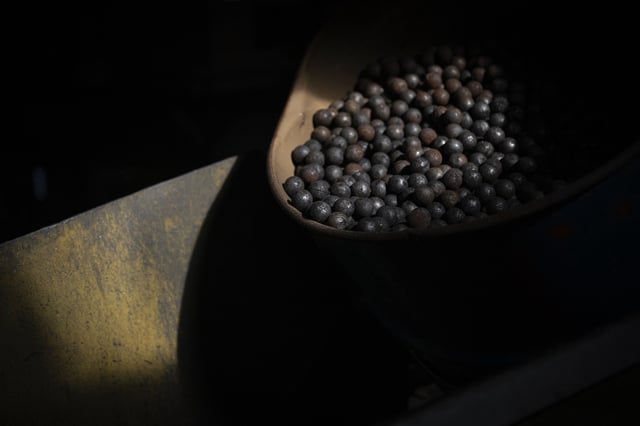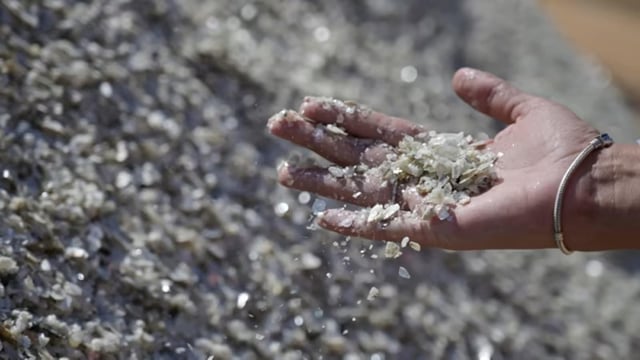Overview
- China retains over 90% of rare earth refining and majority control of cobalt and lithium processing despite issuing limited export licenses in July that have scarcely eased backlog delays.
- The U.S. has updated its mine law and coordinated export controls with Australia to counter China’s midstream dominance and has stockpiled key minerals under a provisional G7 plan.
- India, currently fully import dependent on lithium, cobalt, nickel and rare earths, has launched the NCMM and joined the Mineral Security Partnership while annulling high-cost block auctions due to limited processing and bidder shortfalls.
- The Mineral Security Partnership has expanded ties with resource-rich nations such as Argentina and Australia to diversify supply chains away from China’s influence.
- Analysts warn that processing capacity constraints and geopolitical rivalry remain the largest obstacles to resilient green-energy and defense mineral networks.


